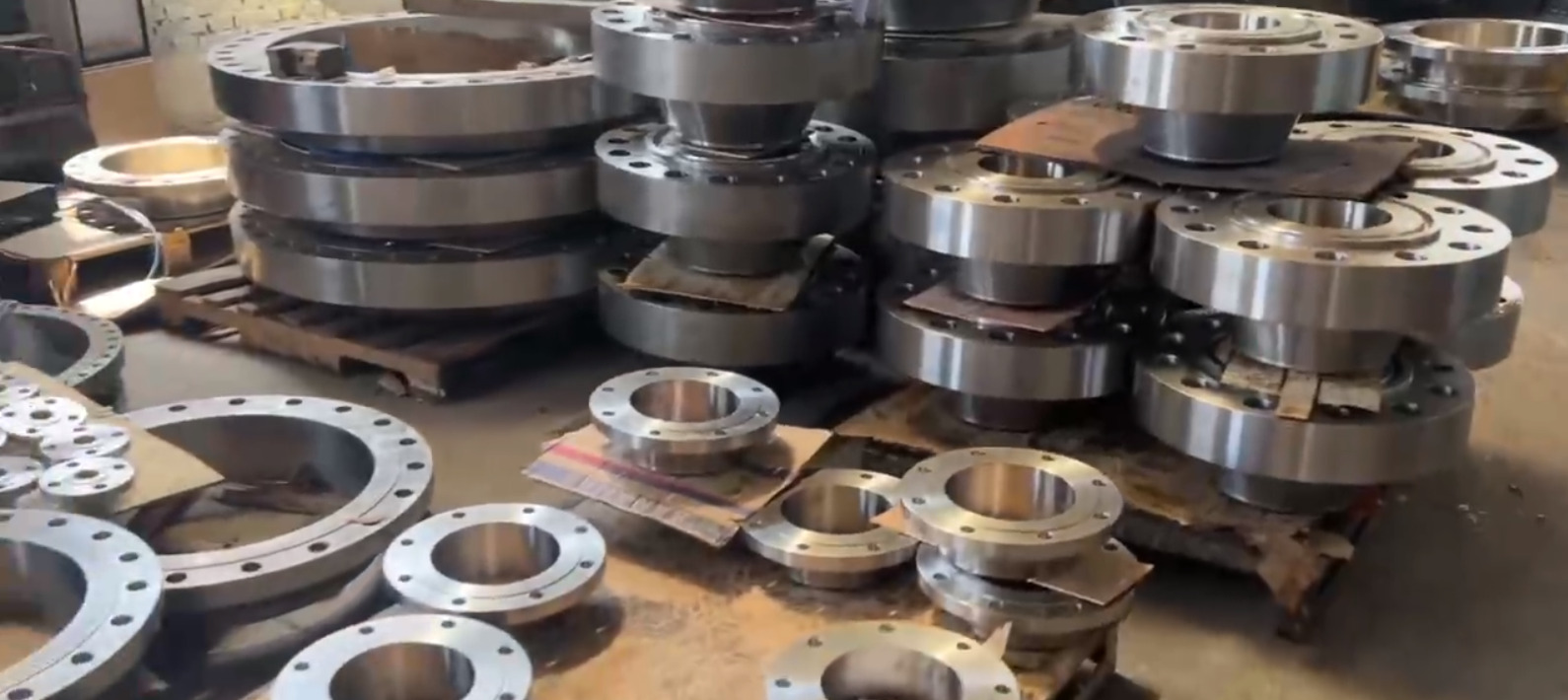Share this
Flanged packing refers to a common packing method used for transporting large equipment or components. It involves using flanges to connect two or more wooden crates during the packing process, enhancing the stability and load-bearing capacity of the crates. This packing method is often employed to protect important, fragile, or valuable goods and ensure their safe transportation.
Here are the steps involved in the flanged packing process:
1. Prepare wooden crates: Select suitable wooden crates based on the dimensions and weight of the goods. Ensure that the crates have a sturdy structure and high-quality materials.
2. Install flanges: Mount flanges on one end or multiple panels of the crates. Flanges are typically made of metal and provide robust connections.
3. Pack the goods: Place the goods into the wooden crates, ensuring they fit the crate’s dimensions and shape.
4. Connect the crates: Connect the flange of another crate with the flange of the first crate. Use bolts, nuts, or other connectors to secure the crates together.
5. Add more crates: If necessary, continue adding more wooden crates and connect them using flanges, forming a larger packing unit.
6. Secure the packing: Ensure all connections are tightly fastened, and there is no looseness or movement between the crates.
7. Seal the crates: Depending on the requirement, use appropriate sealing materials such as tape to close the crates and ensure the safety of the goods.
Flanged packing provides enhanced protection and stability, minimizing vibrations and collisions during transportation. It is suitable for large goods that require additional support and protection, such as machinery, precision instruments, or fragile items. It is crucial to select appropriate packaging materials and employ correct packing techniques to ensure the safe arrival of the goods.

